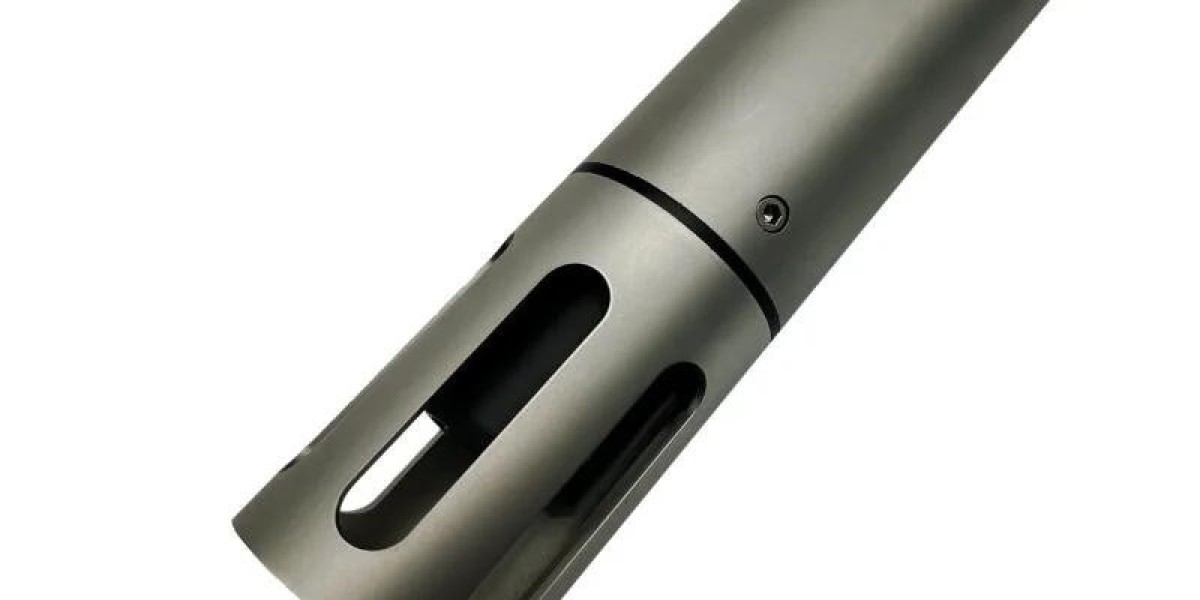Dissolved oxygen sensors are essential tools for measuring the concentration of oxygen dissolved in water, which is crucial for various biological and chemical processes. In this blog post, we will explore what dissolved oxygen is, why it's important, and how sensors are used to monitor and maintain water quality.
What is Dissolved Oxygen (DO)?
Dissolved oxygen refers to the amount of oxygen present in water in its dissolved form, as opposed to oxygen bound to other substances. This oxygen is crucial for aquatic organisms such as fish, invertebrates, and microorganisms. Oxygen enters water primarily through aeration (such as wind and wave action) or photosynthesis by aquatic plants. The concentration of dissolved oxygen varies depending on several factors, including temperature, salinity, and the activity of living organisms in the water.
The ideal levels of dissolved oxygen for different aquatic ecosystems or industrial processes can vary, but generally, oxygen concentrations of 5-9 mg/L are considered optimal for healthy aquatic life. Levels that fall below 3-4 mg/L can cause stress to aquatic organisms and may even lead to hypoxia, a condition where oxygen levels are too low to support most forms of life.
Why is Monitoring Dissolved Oxygen Important?
Monitoring dissolved oxygen is vital for maintaining a healthy aquatic environment. For instance, in aquaculture, where fish and other organisms are farmed in controlled water bodies, adequate oxygen levels are necessary to ensure the growth and health of the species being raised. Low DO levels can cause fish to suffocate, reducing stock quality and increasing mortality rates.
In environmental monitoring, dissolved oxygen serves as an indicator of water quality. Areas with low oxygen levels often signal pollution, especially from organic waste, such as sewage, agricultural runoff, or industrial discharge. High levels of organic matter lead to microbial activity that consumes oxygen, leading to a decrease in DO and harming aquatic ecosystems.
Similarly, in wastewater treatment plants, dissolved oxygen levels are closely monitored to optimize aerobic biological processes that break down contaminants. If the oxygen levels are too low or too high, the treatment process may not be as effective, resulting in poor water quality and environmental consequences.
How Dissolved Oxygen Sensors Work
Dissolved oxygen sensors are designed to measure the concentration of oxygen in water accurately. There are two primary types of DO sensors used in various industries:
Polarographic Sensors: These sensors work based on the electrochemical principle, where oxygen molecules are reduced at the surface of an electrode. A current is generated as a result of this electrochemical reaction, and the sensor measures the current to determine the dissolved oxygen concentration. Polarographic sensors are highly accurate but can require calibration and maintenance, especially in harsh environments.
Optical Sensors: These sensors use light to measure dissolved oxygen levels. When oxygen molecules interact with specific fluorescent dyes, they cause changes in the fluorescence emitted by the dye. Optical sensors detect these changes to determine the DO concentration. These sensors are more durable, require less maintenance, and offer faster response times compared to polarographic sensors. They are increasingly being used for long-term monitoring due to their reliability.
Applications of Dissolved Oxygen Sensors
Dissolved oxygen sensors have a wide range of applications, including:
- Aquaculture: Ensuring that fish and other farmed aquatic species have enough oxygen to thrive.
- Wastewater Treatment: Monitoring and controlling the oxygen supply in aerobic tanks to optimize the breakdown of organic waste.
- Environmental Monitoring: Measuring oxygen levels in rivers, lakes, and oceans to assess the health of ecosystems and detect pollution.
- Industrial Processes: Maintaining proper oxygen levels in processes such as fermentation, where the growth of aerobic bacteria is crucial.
Conclusion
Dissolved oxygen sensors are vital in maintaining water quality across various industries. By providing real-time data on oxygen levels, these sensors help protect aquatic life, improve the efficiency of wastewater treatment, and support sustainable practices in aquaculture. As technology continues to advance, dissolved oxygen sensors are becoming more accurate, reliable, and easier to maintain, making them essential tools for anyone working with water systems. The ability to monitor and control oxygen levels ensures that water environments remain healthy, supporting both ecological balance and industrial productivity.







